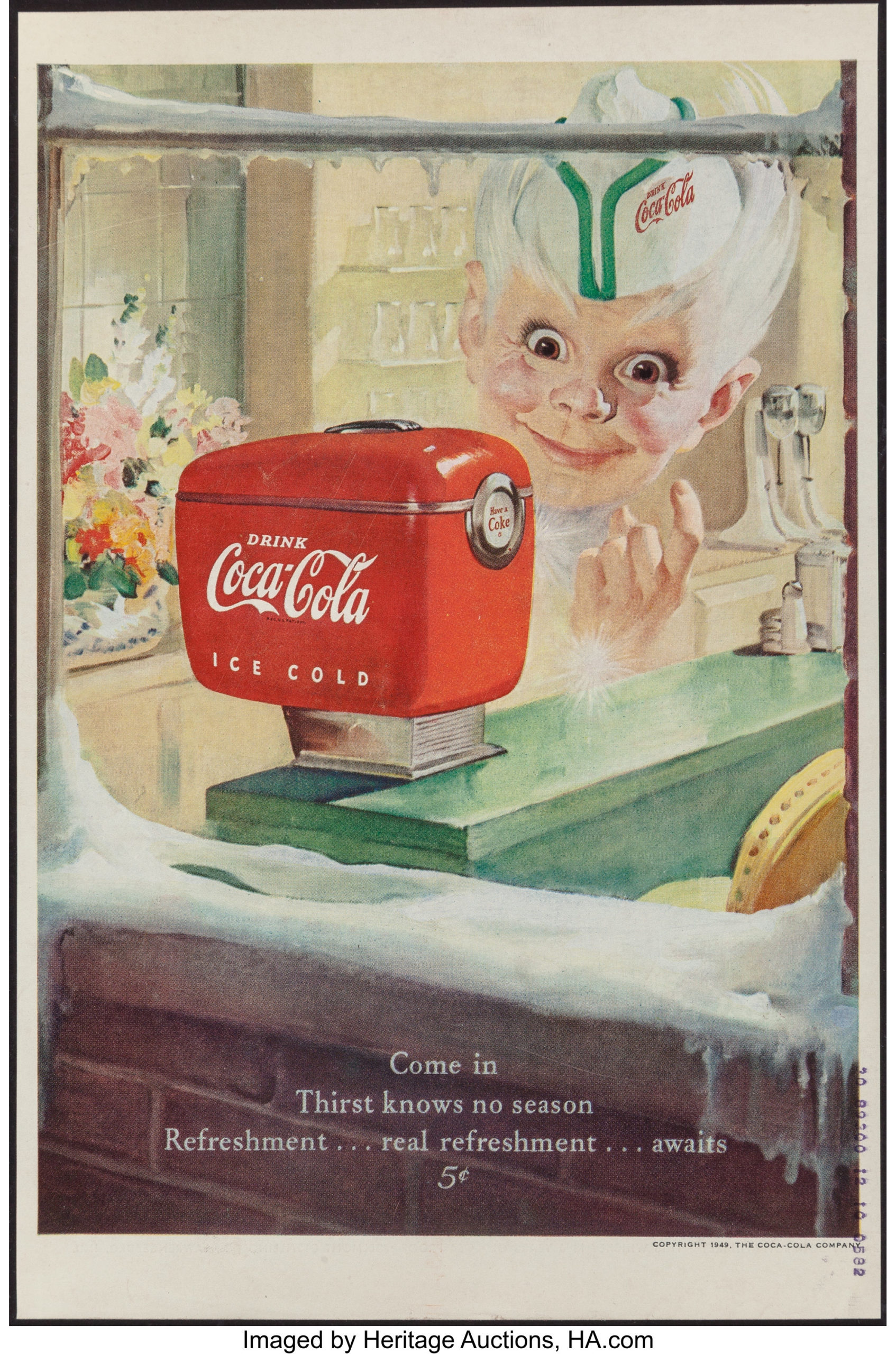
Then We Set His Hair on Fire: Insights and Accidents from a Hall-of-Fame Career in Advertising by Phil Dusenberry, chairman, BBDO
By Jim O’Neal
Phil Dusenberry and I became friends when he was at the top of his game and working for Pepsi-Cola in the 1980s for another close friend, Roger Enrico. Both of these men were creative geniuses and the remarkable advertising they created was both legendary and memorable. However, on a personal level, they were quite different.
Roger was a brilliant strategic leader, inspirational speaker, risk-taker (“Big changes to big things”) and exactly what PepsiCo needed as a CEO. He got a break when Steve Jobs lured John Sculley to Apple and Roger took his place as president of Pepsi-Cola. This would lead almost inevitably to chairman and CEO of PepsiCo, which had gradually became weighed down by too many underperforming restaurant concepts and a bloated corporate structure.
Phil was a quiet, almost elegant perfectionist, right out of central casting, who was obsessed by “The Work.” He literally earned the sobriquet as Phil “Do it Again” Dusenberry by carefully evaluating excellent creative advertising (that others could only wish for) and then tirelessly “working” it into jaw-dropping brilliance. He also dabbled in the film business and co-wrote the screenplay for The Natural (Robert Redford). As part of the “Tuesday Team,” he helped write speeches for President Reagan and created the still memorable “Morning in America,” a 60-second spot in 1984 that many credit with helping him win re-election.
The “fire and ice” combination of Roger and Phil resulted in a symbiotic relationship that resulted in truly world-class work that was unparalleled, at least in soft drinks.
Virtually everyone knows about the Pepsi Challenge and how fiercely loyal Coca-Cola drinkers actually preferred Pepsi in blind taste tests. After lots of research to ensure the claim was legal, Pepsi started making TV commercials using real people taking “The Challenge” and it was soon a national campaign. Having a legitimate claim to a preferred product that can be advertised was a real boost in sales. Roger always believed that the Challenge was the real reason that Coke in 1985 changed their original secret formula. The result was New Coke, which turned out to be a marketing fiasco. All they had to do was add a small amount of regular sugar to the concentrate and the Challenge would have ceased to exist. But, for 99 years, no one was allowed to make changes to the original recipe. Leaders sometimes overlook the obvious.
Meanwhile, Roger decided that the Challenge was getting tired. After various forays into fruit-flavored soft drinks (Slice) and tinkering with all the sweeting systems (cyclamates, fructose, etc.), he decided Diet Pepsi was OK (barely) but the Pepsi brand needed an entire rethink. He, Phil and several others were struggling with imagery – easy to say and much harder to get on film – when a miracle happened. Roger got a call from Jay Coleman pitching a Pepsi-Michael Jackson deal. It would include two Pepsi commercials, a national tour and a slew of press conferences.
The only shocker was that boxing promoter Don King was involved and the price was an unprecedented $5 million! It took a week to hammer out a contractual deal when someone asked if PepsiCo Chairman Don Kendall had been told (he was in Russia). When he returned, they set up a special presentation for Mr. Kendall and held their breath. After watching the MJ video, Kendall purportedly told Roger: “That is the most remarkable performer I’ve ever seen!”
With some trepidation, Roger invited Don King and his entourage to PepsiCo corporate headquarters to meet the PepsiCo family. It was quite a spectacle, but soon migrated over to the Tavern on the Green for a big press conference in Central Park. Some people take parks for granted … just natural landscapes with grass, trees and perhaps some water. But, consider the fortunes of New York’s Central Park.
This 19th century park was the creation of journalist William Cullen Bryant and prominent horticulturist /landscape designer Andrew Jackson Downing. The city bought the land and Frederick Law Olmsted provided the plan. Construction started in 1858 and nearly completed by 1873. But the corrupt Tammany Hall politicians who ran the city lost interest, and the funds to maintain the 800 acres disappeared. Trees were unpruned, ponds untended and lawns unseeded. By the early 1900s, the park resembled an abandoned ruin.
However, when Fiorello La Guardia became mayor in 1934, he appointed Robert Moses as parks commissioner and over the next 30 years rebuilt the park. For more on Moses, please read The Power Broker by Robert Caro (Pulitzer Prize-winner and voted one of the top 100 nonfiction books of the 20th century). But, by 1975, NYC was broke again and there went the park budget again. Finally, a woman by the name of Elizabeth Barlow Rogers – from San Antonio – became administrator of Central Park. During her tenure of 16 years, a conservancy fund of $100 million was raised (it’s up to $1 billion now). So Central Park finally looks stable.
Phil Dusenberry died of lung cancer in 2007, Roger had a stroke in 2016, and MJ died in 2009. For several years, they made a powerful trio that helped create a New Generation. Even the venerable Tavern on the Green has been shuttered.
Things change.
 Intelligent Collector blogger JIM O’NEAL is an avid collector and history buff. He is president and CEO of Frito-Lay International [retired] and earlier served as chair and CEO of PepsiCo Restaurants International [KFC Pizza Hut and Taco Bell].
Intelligent Collector blogger JIM O’NEAL is an avid collector and history buff. He is president and CEO of Frito-Lay International [retired] and earlier served as chair and CEO of PepsiCo Restaurants International [KFC Pizza Hut and Taco Bell].
